On November 15, in Ho Chi Minh City, a workshop on technology solutions, equipment, and professional tools for maintenance, repair, and charging of electric cars took place.
Electric vehicles in Vietnam transform towards Netzero 2050 goals
The workshop was attended by Associate Professors, PhDs, lecturers from universities, colleges, and vocational schools in the Southern region, along with more than 150 businesses operating in the field of providing services in the automotive industry.
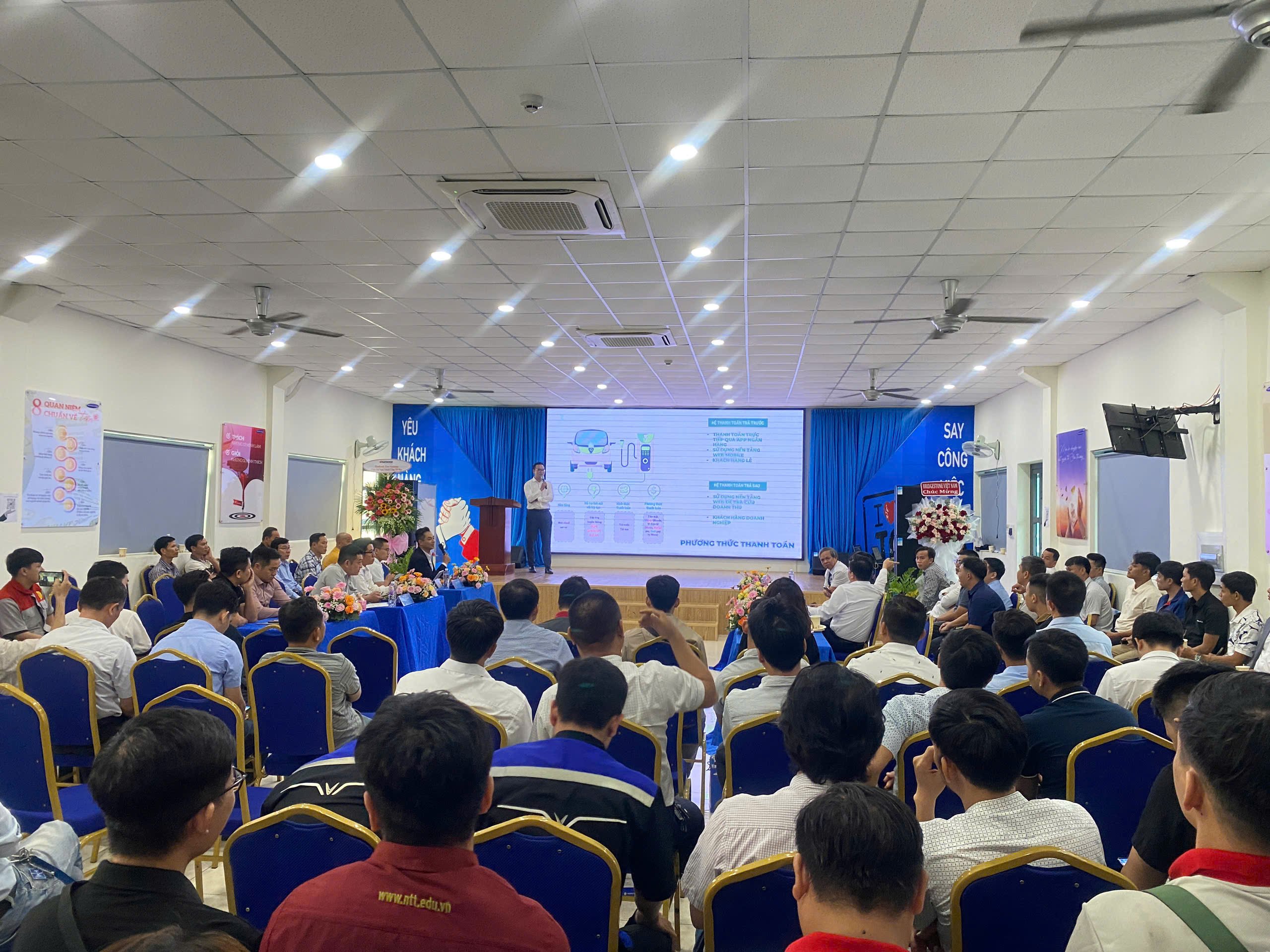
Overview of the Workshop on professional equipment and tools technology solutions for maintenance, repair and charging of electric cars.
At the workshop, a representative of Tan Phat Saigon Equipment Company Limited said that in recent years, the electric vehicle market as well as the infrastructure for electric vehicles have witnessed strong changes, developing green transportation to meet the goal of achieving Netzero 2050 set by the Government .
To seize the opportunities from this growth and the increasing demand for electric vehicle repair and maintenance services, repair and maintenance service units must constantly improve the quality of their staff and invest in modern and suitable facilities and equipment.
In the world , electric vehicles have appeared since 2015 with about 600 thousand vehicles, by 2024 they reached 15.7 million vehicles and by 2025 it is expected that globally there will be about 19.5 million vehicles.
In particular, in the Chinese market, the proportion of electric vehicles has skyrocketed to 51% by July 2024. In the Vietnamese market, electric vehicles began to appear in 2022 and reached 12% by July 2024.
On July 22, 2022, the Vietnamese Government also set out a roadmap for the "Green Transformation", specifically by 2025, 100% of buses in circulation will be converted to electric vehicles. By 2030, 100% of taxis will be converted to electric vehicles, and by 2040, the production and import of vehicles using a lot of fossil fuels will stop. By 2050, 100% of all means of transport will be converted to electric vehicles.
To develop green transport infrastructure in Vietnam, towards achieving the NET ZERO 2050 goal, the role of facilities and businesses providing services for cars is very important.
Associate Professor Dr. Nguyen Phu Thuong Luu (Binh Duong University of Economics and Technology) shared that in the Vietnamese market, EV and Hybrid electric vehicles are dominating many motor shows.
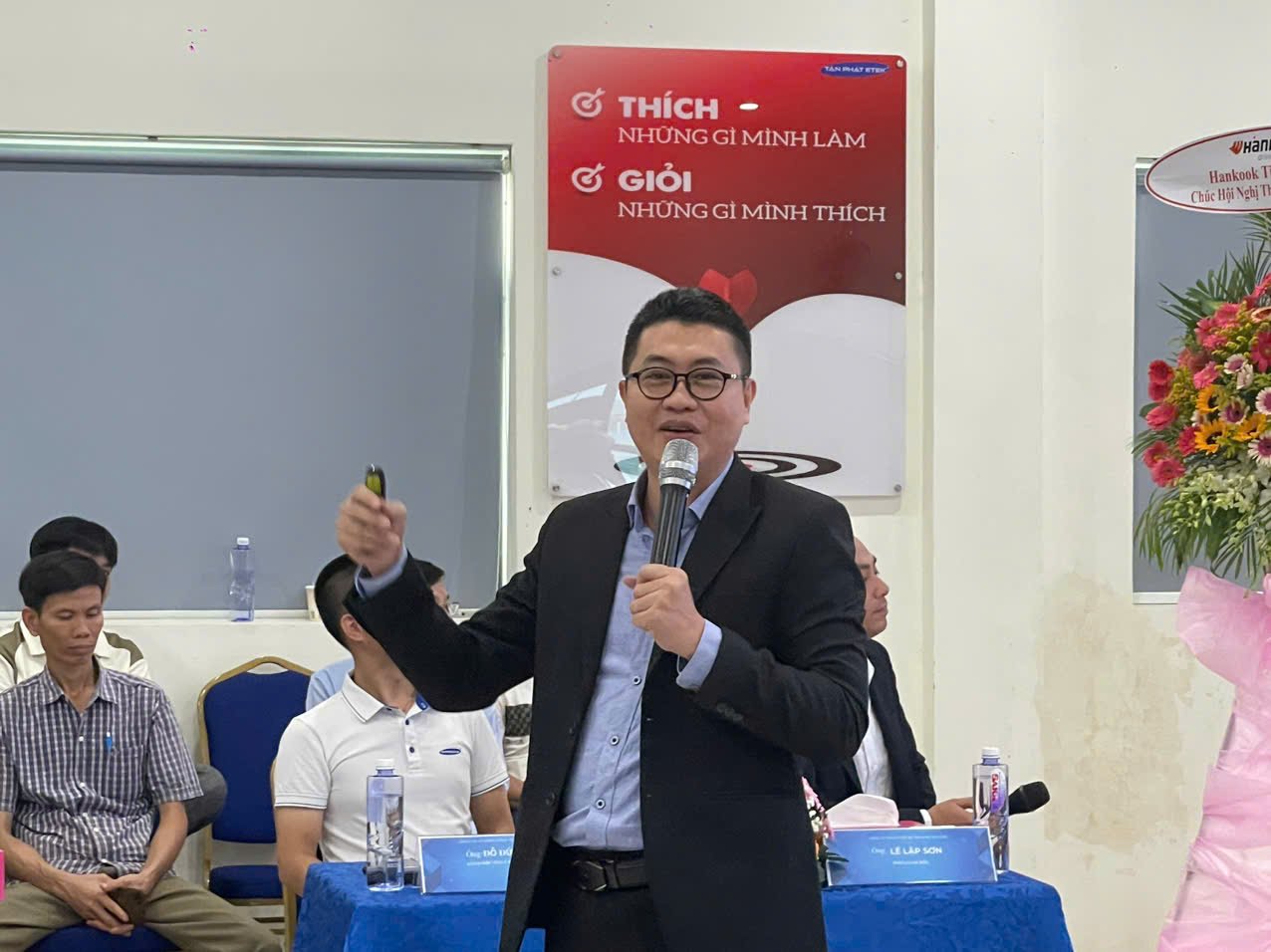
Associate Professor, Dr. Nguyen Phu Thuong Luu (Binh Duong University of Economics and Technology) shared information at the workshop.
By November 2024, Vinfast had delivered 51,000 electric cars to more than 100 dealerships nationwide. Many major automakers have also invested in the Vietnamese market. Typically: BYD has opened 36 dealerships (as of November 2024; the goal is to have 100 dealerships by 2026. Link & Co is building an assembly plant in Thai Binh, with an investment capital of 168 million USD and a capacity of 75,000 vehicles/year. Electric vehicle manufacturers Wulling, Huyndai, Aion... are also accelerating their presence in our country.
According to Associate Professor Dr. Nguyen Phu Thuong Luu, along with the roadmap to convert means of transport to reduce emissions, people's demand for electric cars is increasing. However, the infrastructure for electric cars is still limited.
Along with that, the habit of using traditional internal combustion engine cars is so popular that many big car brands such as Toyota, Ford... are only "getting used to" the Hybrid product line.
However, with the Government's policy of developing green transportation and many practical support policies, Vietnam is facing the potential to become the electric vehicle hub of Southeast Asia.
More than 20 years for China to become a "giant"
Speaking at the workshop, Associate Professor Dr. Le Van Cuong, Vice President and Head of the Faculty of Automotive Technology, Binh Duong University, informed that China - the world's largest electric vehicle manufacturer in 2022 accounted for 59% of global electric vehicle sales. Of which, new energy vehicles increased by 82%, reaching more than 6 million vehicles. In 2023, it increased to 8.4 million and still accounted for 59% globally, becoming a "giant"...

Assoc. Prof. Dr. Le Van Cuong, Vice Principal and Head of the Faculty of Automotive Technology, Binh Duong University, gave a speech.
In 2023, the Chinese government announced a four-year tax incentive package for electric vehicle buyers worth more than $72 billion. The subsidy will be halved in 2026 and 2027.
Manufacturers also benefited, as in 2023, five of the 10 automakers that received the most government subsidies in the first half of the year were domestic EV and battery makers. BYD, China’s largest EV maker, received more than $244 million, while SAIC received more than $275 million.
China made electric vehicle technology a priority research project in its five-year plan, the start of a high-level economic strategy. In 2007, Wan Gang – an engineer at Audi Germany and electric vehicle specialist – was appointed Minister of Science and Technology. Wan’s influence is evident in his consistent prioritization of electric vehicles.
The government supports growth through a range of incentives that help boost both supply and demand. More than $28 billion has been spent on tax breaks and subsidies between 2009 and 2022. In 2022, electric vehicle buyers can benefit from rebates of up to $8,000.
The country prioritizes and supports the development of the infrastructure needed for electric vehicles. China has 1.8 million public electric vehicle charging points, 14 times more than the United States (with only four times the population). China’s electric utility is a major provider of charging points and works with local governments to make it easier for drivers to charge.
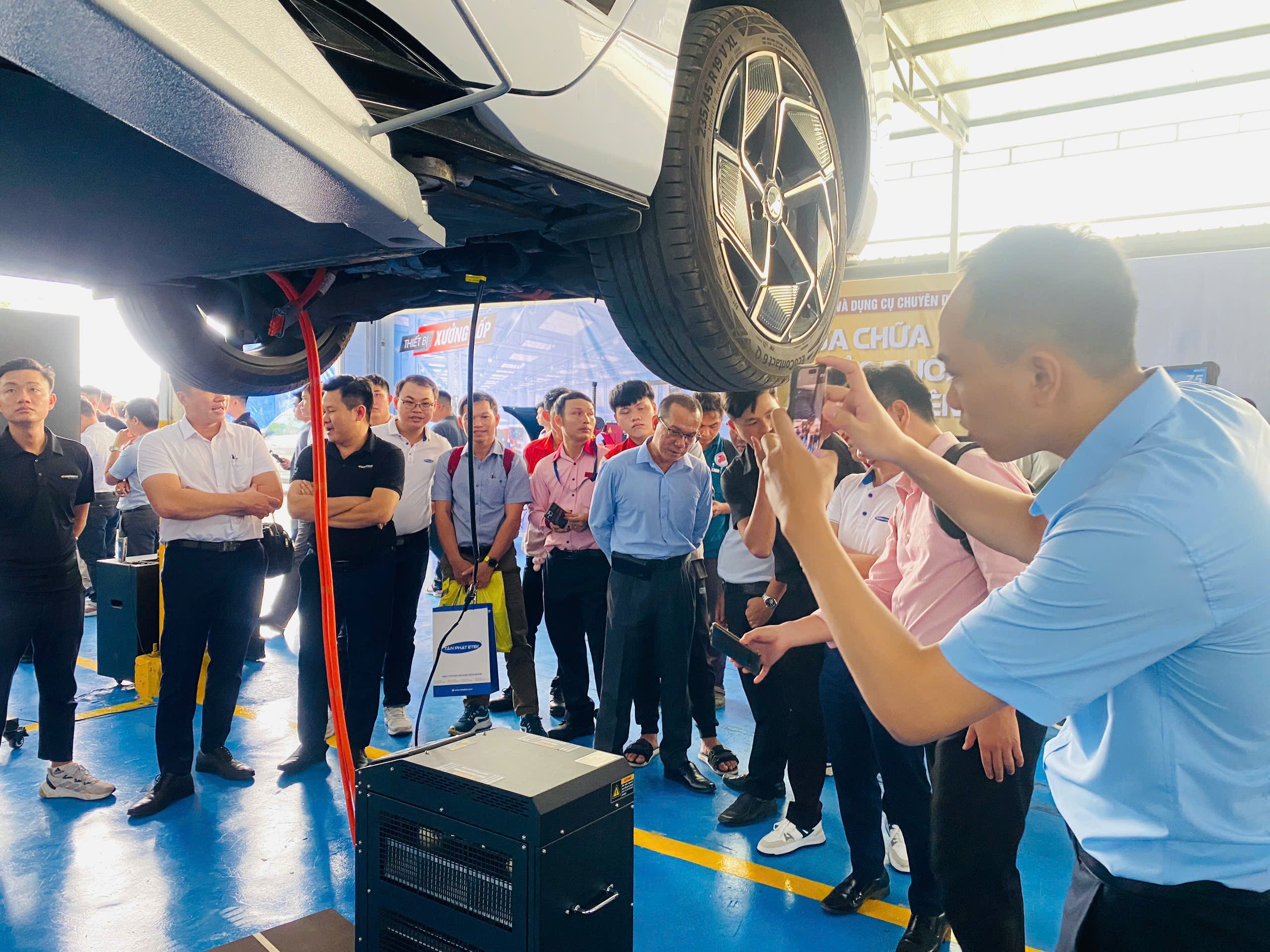
Business representatives visit Tan Phat Etek's electric vehicle logistics machinery.
China is also a leader in electric vehicle batteries. Batteries account for about 40% of the cost of a new electric vehicle, and the country has focused on developing the right technology. Western electric vehicles have traditionally favored nickel-manganese-cobalt (NMC) batteries, which offer longer ranges and higher efficiency. China has favored lithium-iron phosphate (LFP) batteries, which are cheaper and more reliable.
By focusing on LFP battery innovation, CATL is the world's leading battery manufacturer, with over 33% of the global market. In 2022, BYD will be in second place, along with a very strong competitor from Korea, LGES.
The development roadmap of electric vehicles in China is divided into several clear and specific strategic stages, such as: the initial and orientation stage (starting in 2001); the promotion and pilot stage; the market expansion and development stage; the international boom and competition stage. By 2024, BYD will surpass Tesla in global electric vehicle sales.
Source: https://www.baogiaothong.vn/viet-nam-co-co-hoi-thanh-trung-tam-xe-dien-cua-dong-nam-a-192241115183813588.htm




![[Photo] Prime Minister Pham Minh Chinh chairs meeting on science and technology development](https://vphoto.vietnam.vn/thumb/1200x675/vietnam/resource/IMAGE/2025/5/17/ae80dd74c384439789b12013c738a045)
![[Photo] Readers line up to visit the photo exhibition and receive a special publication commemorating the 135th birthday of President Ho Chi Minh at Nhan Dan Newspaper](https://vphoto.vietnam.vn/thumb/1200x675/vietnam/resource/IMAGE/2025/5/17/85b3197fc6bd43e6a9ee4db15101005b)
![[Photo] Nearly 3,000 students moved by stories about soldiers](https://vphoto.vietnam.vn/thumb/1200x675/vietnam/resource/IMAGE/2025/5/17/21da57c8241e42438b423eaa37215e0e)







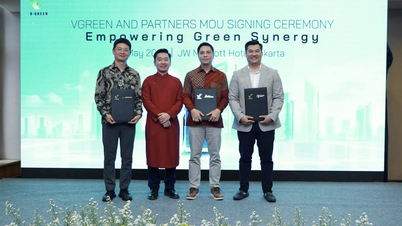


















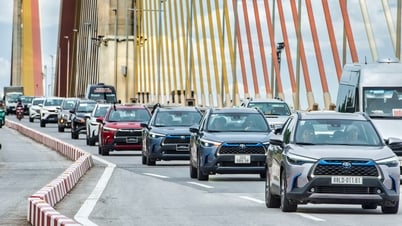




















































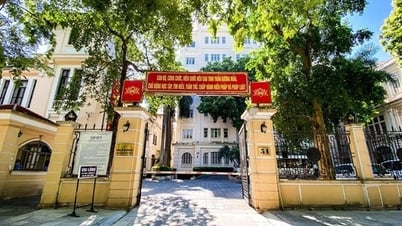







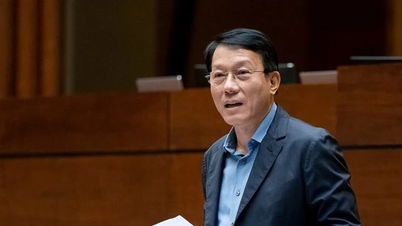













Comment (0)